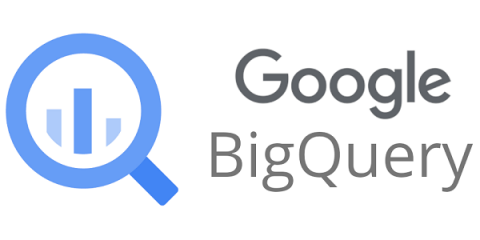18 Great Plugins to Keep Your eCommerce Website Secure
The threats of hackers and data theft grows by the day and even smaller eCommerce sites are not safe from attack. Security should be a top priority for any eCommerce website owner, no matter how big or small their site may be. Fortunately, there are plenty of great security plugins available to help keep your site safe and secure. In this article, we will take a look at 18 of the best plugins for keeping your eCommerce site secure.











